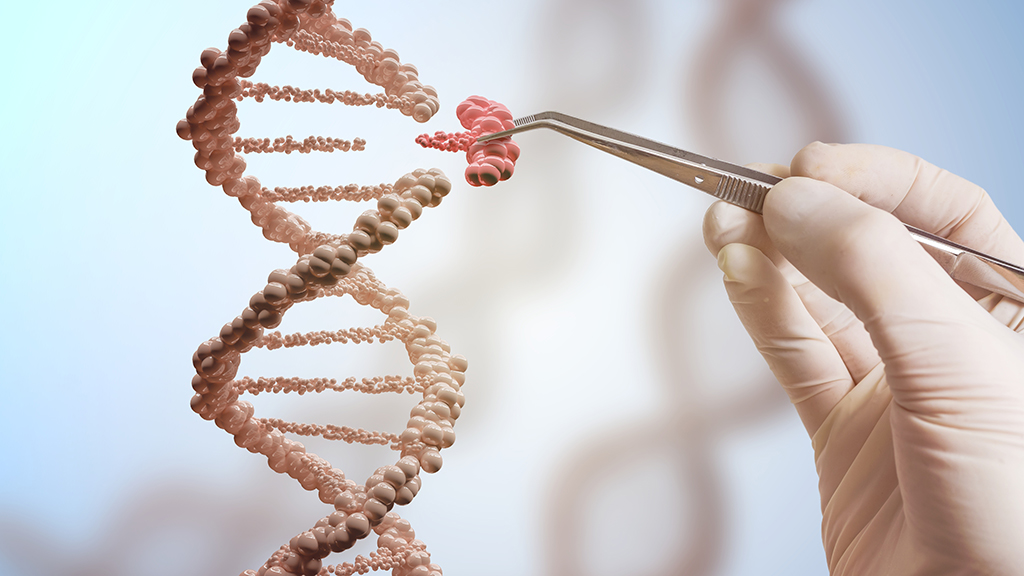Teacher Tip Tuesday: AI in Action: Tools for the Science Classroom, February 11, 2025
AI is rapidly transforming the landscape & will soon be a regular part of your students' everyday experiences. Secondary teachers will learn about different tools that can be used to transform assignments and create opportunities for students to apply their understanding of science concepts. Strategies to incorporate AI into your planning and lessons will be shared. We will also discuss the limitations and cautions of AI tools in aspects such as safety and questioning techniques.
AI is rapidly transforming the landscape & will soon be a regular part of your students' everyday experiences. Secondary teachers will learn about different tools that can be used to transform assignments and create opportunities for students to apply their understanding of science concepts. Strategies to incorporate AI into your planning and lessons will be shared. We will also discuss the limitations and cautions of AI tools in aspects such as safety and questioning techniques.
AI is rapidly transforming the landscape & will soon be a regular part of your students' everyday experiences. Secondary teachers will learn about different tools that can be used to transform assignments and create opportunities for students to apply their understanding of science concepts. Strategies to incorporate AI into your planning and lessons will be shared. We will also discuss the limitations and cautions of AI tools in aspects such as safety and questioning techniques.
AI is rapidly transforming the landscape & will soon be a regular part of your students' everyday experiences. Secondary teachers will learn about different tools that can be used to transform assignments and create opportunities for students to apply their understanding of science concepts. Strategies to incorporate AI into your planning and lessons will be shared. We will also discuss the limitations and cautions of AI tools in aspects such as safety and questioning techniques.
AI is rapidly transforming the landscape & will soon be a regular part of your students' everyday experiences. Secondary teachers will learn about different tools that can be used to transform assignments and create opportunities for students to apply their understanding of science concepts. Strategies to incorporate AI into your planning and lessons will be shared. We will also discuss the limitations and cautions of AI tools in aspects such as safety and questioning techniques.






